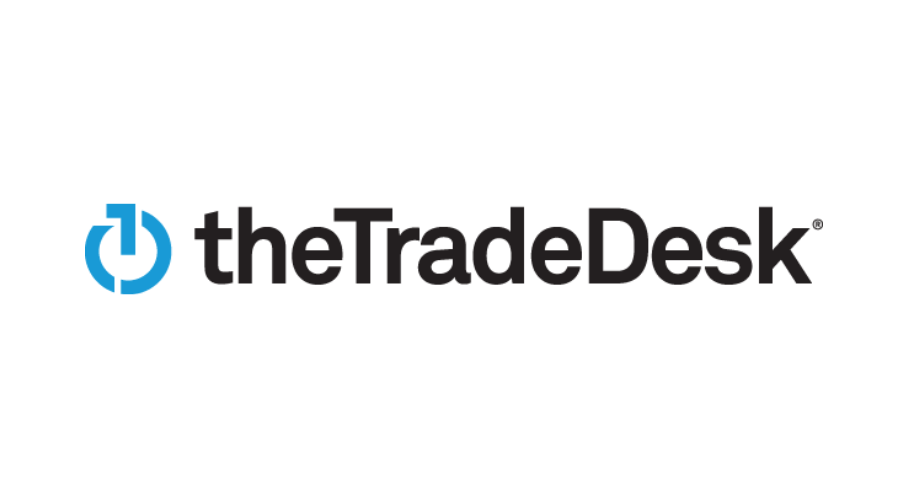Utility of Automotive Data
Why is automotive consumer marketing data crucial for targeted advertising?
Automotive is a unique category because it involves one of the most expensive purchases people will make in their lifetime, combined with a long purchase cycle and significant emotional influences. Introducing Electric Vehicles (EVs) has added to the complexity, further fragmenting Original Equipment Manufacturer (OEM) marketing strategies and budgets. Marketers now need to support existing Internal Combustion Engine (ICE) vehicle sales while driving demand for new EVs simultaneously.
Currently, more than 50 EV models are available in the U.S., ranging from the low $30,000s to over $400,000. Many consumers still hesitate to consider EVs due to cost concerns, range anxiety, and other factors. How can today’s automotive marketer address that fragmentation to not only drive business results, but drive them with as little waste as possible?
Imagine if every media impression and associated creative was valued and delivered based on whether the person was in-market, the vehicle they currently own or lease, their budget, and any predisposed brand or model perceptions. This is where automotive consumer marketing data becomes crucial.
At the center of the AI revolution and the rush to develop marketable solutions for a cookieless future lies the common need for durable, differentiated data sources. The Trade Desk's objectivity and an expansive marketplace of third-party data partners like Experian equip auto marketers with the tools to navigate these complexities efficiently and effectively.
Impact of Consumer Behavior Trends
How do shifting consumer behavior trends in the automotive sector influence your strategies? Can you give examples of how The Trade Desk adapts its approaches to these evolving trends?
The past 5 years have inadvertently provided such a great test of strategic adaptability for platforms and advertisers alike. Between consumers shifting to online shopping amidst stay-at-home orders, chip shortages creating instability in inventory, remote work leaning back toward a return to the office, increasing vehicle costs and interest rates, and EV regulations putting pressure on production in advance of demand, it’s really been a – dare I say, “unprecedented” - journey.
From a reach and targeting perspective, the audience-first framework combined with a scalable ID resolution tool enables adaptation to changing consumer behaviors. We’ve also had Auto clients begin using custom algorithms to help address some of the external factors. Imagine optimizing your reach and prioritizing your messaging based on where you have consumer demand and where you have the inventory (using first-and third party data) to fulfill that demand.
On the measurement side, we have recently begun testing a custom measurement solution for KPI Validation, which I’m really excited about. Many auto marketers have been relying on the same digital and lead outcomes for years to try to quantify marketing performance, but the reality is that consumer behavior is constantly evolving, as are the experiences and opportunities to engage with brands. KPI Validation starts with OEM business results and then maps the behaviors and outcomes most closely aligned to those results. For example, you could look at vehicle sales across tiers to understand which outcomes at each tier experience was most closely mapped to driving sales. Or, in a future state, you could validate Tier 3 outcomes against vehicle sales, Tier 2 against dealership site and physical visits, and Tier 1 against brand lift (just as an example).
Performance isn’t a one-size-fits-all solution, so it’s imperative that performance measurement is as dynamic as the associated media/customer experiences. For example, you can’t measure the behaviors of a current owner exposed to a retention ad with the same lens that you’d measure a conquest prospect’s behaviors. Just as you wouldn’t expect a retargeted user to respond to your ad messaging in the same way as someone exposed to your brand for the first time.
Adaptation to Market Changes
How does The Trade Desk adapt its automotive advertising support in response to major market changes, such as the increasing shift toward electric vehicles or the rise in online car shopping?
It all starts with an advertiser-centric, audience-first approach. While we have a wealth of experience across our automotive teams at The Trade Desk, we realize that our auto clients know their customers better than we ever could. So, The Trade Desk focuses on empowering our advertisers with the tools to optimize their connections to those audiences across the open internet.
For example, in our upcoming Kokai product release, all campaigns will be tied to an advertiser-defined “seed”, which is essentially a first-party or third-party representation of your most valuable customer or target for that campaign. It really gets no more “audience first” than this. Historically, “seeds” were somewhat relegated to a basis for building lookalikes or suppressing past purchasers, but we’re leveling that up to make that ideal customer the center point of each campaign – informing recommendations for optimizations, audiences, inventory, and even geos most relevant to those priority targets.
We’re also monitoring content consumption trends, including brand sentiment, to help auto advertisers understand and optimize based on how people are engaging with their brands and competitors outside of their owned and earned content.
Cross-Channel Advertising Strategies
With automotive consumers using multiple touchpoints during their buying journey, how does The Trade Desk ensure cohesive and effective cross-channel advertising strategies that resonate with potential car buyers at every stage?
It’s really about identity and fluidity. There’s no one channel that’s exclusive to any stage of the consumer purchase journey. CTV is often associated with upper funnel strategies, but people who consume CTV content don’t stop watching their favorite shows just because they are getting closer to a vehicle purchase. What we’ve seen is that our most sophisticated auto advertisers employ fluid, omnichannel strategies that follow and adapt to the consumer journey rather than trying to dictate it.
We know that the automotive shopper journey isn’t linear, but the OEM to Dealer structure often makes creating a cohesive journey for prospective customers challenging. This is just one instance where having a solid identity strategy, backed by a deterministically based identifier like UID 2.0, has become table stakes. In this industry, we’ve heard about the illustrious cross-tier vision for years, but there’s now a framework in place to truly support it.
The Trade Desk’s interoperability with the industry's top identifiers, publishers, data, and tech partners helps Auto advertisers optimize across these often disparate strategies. It allows suppression between tiers, handoffs across tiers, and even optimization of messaging and frequency across purchase stages and tiers.
On the topic of cross-channel and cross-tier optimization, one thing that sometimes gets lost in the weeds of performance and KPIs (not to mention behind the walls of walled gardens and non-disclosed media models) is that the ability for a “performance” oriented campaign to deliver is closely tied to the effectiveness of upstream brand building. We’ve begun working with some clients to incorporate search and social in consumer journey mapping. Ilast-touch world (which we still see a decent amount of in automotive), search tends to be overvalued in its relationship to campaign KPIs, but when you start to look at the journey holistically, you can see that it was the upstream efforts that drove search intent in the first place.
Future trends in Automotive Adtech
What are the exciting trends or developments for automotive advertising and adtech?
Having spent time on both the client side and partner side, I think the most exciting trend for me is the increased application of vehicle sales and inventory data to inform and optimize media. Automotive has been a fairly conservative category historically, so we see a lot of Autos leaning into partners like Experian to tap into readily available brand and competitive sales data, but OEMs still have an immense amount of complementary customer data that I think we’ll start to see more usage of - between sales and vehicle repair orders, real-time dealership inventory, credit/loyalty card data, and the incredibly dense, high fidelity connected car data – we’ve really just scratched the surface. The availability of these data sets will play a huge role in the cookieless future and the evolution of ‘seed’ data.
We’re also seeing more auto marketers focusing on the path to cross-tier coordination and omnichannel activation. But more importantly, those shifts are driving a rethink of legacy measurement strategies.
I’d be remiss to answer a question on advertising trends without touching on AI. Despite the fact that we’re seeing AI pop up literally everywhere (I think I even saw it referenced on a cereal box recently?), The Trade Desk has been quietly employing AI in it’s proprietary optimization tool, Koa, for years. But what I love about this particular articulation of AI is that it’s not just another attempt at marketing automation. Instead, Koa is built to support and enhance our advertiser's most valuable asset, which is their human capital. Koa AI works alongside traders to make recommendations and (fully transparent) optimizations. That, I think, is the holy grail of AI in media.
Success stories
Could you share how The Trade Desk utilizes this data and any success stories?
Late last year we had a request from a CMO at one of our OEM partners to better understand the Near Market customer (in this case, defined as 6-12 months out from purchase). The Trade Desk’s unique visibility across the open internet and an extensive marketplace of demographic, behavioral, and retail data offers a consolidated view of online and offline consumer behavior. But we needed a reliable seed of those “near market” customers to analyze, so we tagged in our partners at Experian to help build out a custom segment of vehicle owners and lessees who were 6-12 months out from their loan or lease expiration.
In the end, not only were we able to provide custom segments of near-market prospects for activation, but we were also able to deliver a comprehensive set of insights detailing life stages and behaviors correlated to the near-market shopper journey. Since that is also a moving target, we took it a step further to map observed behaviors and characteristics from those cohorts to influences from the unique economic, political, and cultural factors in their prior vehicle acquisition (for example, many of today’s near market consumers leased or purchased their vehicle in the Covid era).
This approach allows us to go beyond the next impression or outcome, enabling us to help shape and inform our advertisers’ broader marketing strategies.


